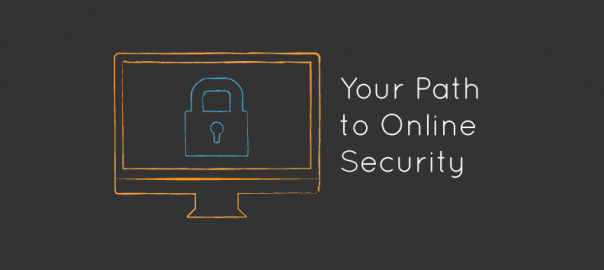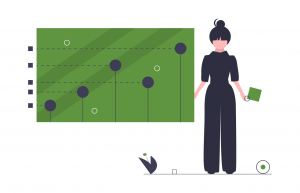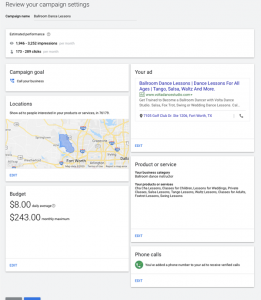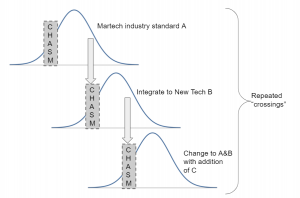WordPress security is one of the most popular and important topics among today’s website owners and businesses. We are constantly seeking new ways to ensure our website and client information is secure from hackers or intruders.
![WordPress Security — The Beginner’s Guide [Infographic] Your Path to Online Security](https://www.onlinesalesguidetip.com/wp-content/uploads/2016/08/1-WordPress-Security-—-The-Beginners-Guide-Infographic.png)
Actually, simply using WordPress itself is a great start on your path to online security. Today, we’ll look at three additional ways you can beef up your WordPress security without any complicated technical knowledge or skills.
We’ll follow this with an infographic from OnBlastBlog that will walk you through numerous other ways you can ensure your website is secured.
3 Simple and Easy Ways to Increase WordPress Security
The power of WordPress is immense. This platform can do just about anything for both beginners and advanced users alike. Today, I’m going to show you a few ways you can immediately increase the security of your WordPress site.
These basic security tips will put you on the path to a stronger, more secure website.
1. Start With Strong Usernames/Passwords
When you first create your website, your WordPress login username will be “admin.” Start by changing this immediately. “Admin” is very easy to guess and leaves you open for attacks.
Instead, choose something more related to your website, but not your company’s name as that’s also easy to guess.
With your password, the golden rule is that you include more than just letters. You’ll also need to include numbers and special characters, like: !, @, &, *, and so on.
2. Download Reputable and Updated Plugins and Themes Only
Having access to hundreds of quality plugins and themes is one of the greatest features of WordPress, but unfortunately, many WordPress security issues are directly related to low-quality plugins and themes. Avoid them!
Plugins are similar to apps on a smartphone, and many of them are free in most cases. Themes control the look and feel of your website, and they’re also often free. Both can offer a lot of unique features for your website, but it’s important you download only the most secure and reputable options.
Look for plugins with plenty of reviews, and make sure they’ve been updated recently to ensure they’re secure.
3. Keep Your WordPress Installation Updated
Our last tip refers to your WordPress program as a whole.
To ensure maximum security, you should always update WordPress when prompted (hint: when you log into your admin panel, you’ll see a notice at the top of your screen when there’s a new WordPress update).
Each new iteration of WordPress is hardened with the latest security features. Any potential security leaks are also plugged during the update process.
Check out the infographic below for even more tips on how you can keep your WordPress site safe and secure. Let us know how you’ve used these tips in the comments!
![WordPress Security — The Beginner’s Guide [Infographic]](https://www.onlinesalesguidetip.com/wp-content/uploads/2016/08/WordPress-Security-—-The-Beginners-Guide-Infographic.jpg)
(77)
Report Post









